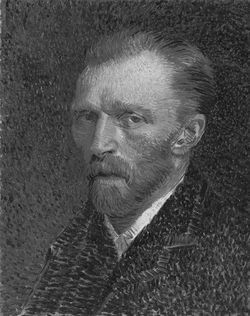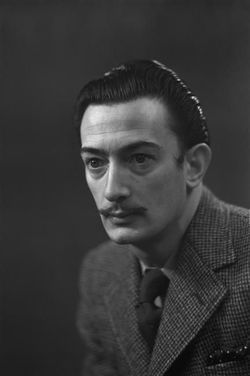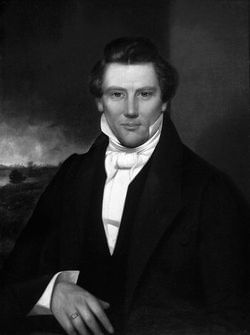
Photo Attribution: Nicolas de Larmessin and Esme de Boulonais, Public domain, via Wikimedia Commons
Michelangelo
This example has been viewed 905x times
Summary
Rodden Rating
Analysis for Michelangelo
Biography
Michelangelo di Lodovico Buonarroti Simoni (Italian: [mikeˈlandʒelo di lodoˈviːko ˌbwɔnarˈrɔːti siˈmoːni]; 6 March 1475 – 18 February 1564), known as Michelangelo (English: /ˌmaɪkəlˈændʒəloʊ, ˌmɪk-/[1]), was an Italian sculptor, painter, architect,[2] and poet of the High Renaissance. Born in the Republic of Florence, his work was inspired by models from classical antiquity and had a lasting influence on Western art. Michelangelo's creative abilities and mastery in a range of artistic arenas define him as an archetypal Renaissance man, along with his rival and elder contemporary, Leonardo da Vinci.[3] Given the sheer volume of surviving correspondence, sketches, and reminiscences, Michelangelo is one of the best-documented artists of the 16th century. He was lauded by contemporary biographers as the most accomplished artist of his era.[4][5]
Michelangelo achieved fame early; two of his best-known works, the Pietà and David, were sculpted before the age of thirty. Although he did not consider himself a painter, Michelangelo created two of the most influential frescoes in the history of Western art: the scenes from Genesis on the ceiling of the Sistine Chapel in Rome, and The Last Judgment on its altar wall. His design of the Laurentian Library pioneered Mannerist architecture.[6] At the age of 71, he succeeded Antonio da Sangallo the Younger as the architect of St. Peter's Basilica. Michelangelo transformed the plan so that the western end was finished to his design, as was the dome, with some modification, after his death.
Michelangelo was the first Western artist whose biography was published while he was alive.[3] In fact, three biographies were published during his lifetime. One of them, by Giorgio Vasari, proposed that Michelangelo's work transcended that of any artist living or dead, and was "supreme in not one art alone but in all three."[7]
In his lifetime, Michelangelo was often called Il Divino ("the divine one").[8] His contemporaries often admired his terribilità—his ability to instill a sense of awe in viewers of his art. Attempts by subsequent artists to imitate[9] the expressive physicality of Michelangelo's style contributed to the rise of Mannerism, a short-lived movement in Western art following the High Renaissance.
Source: https://en.wikipedia.org/wiki/Michelangelo
Raw Data
Horoscope Data
Comments
Natal Data
1475-03-15 01:55:00 LMT
43° 38′ 29.2″ N 11° 59′ 13.7″ E
Caprese, Italy

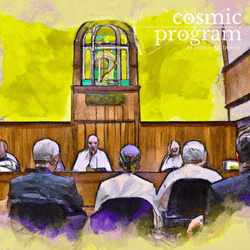

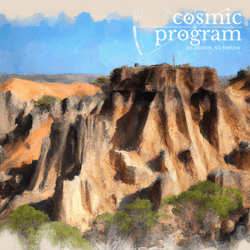

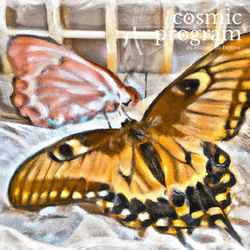


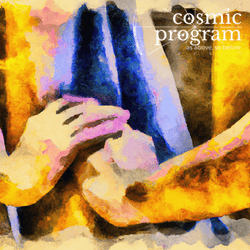


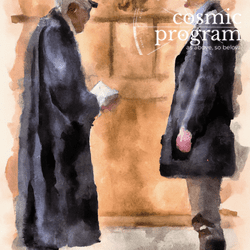

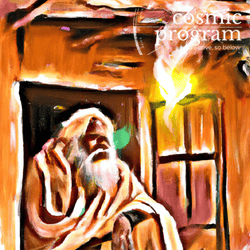

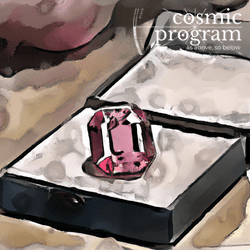
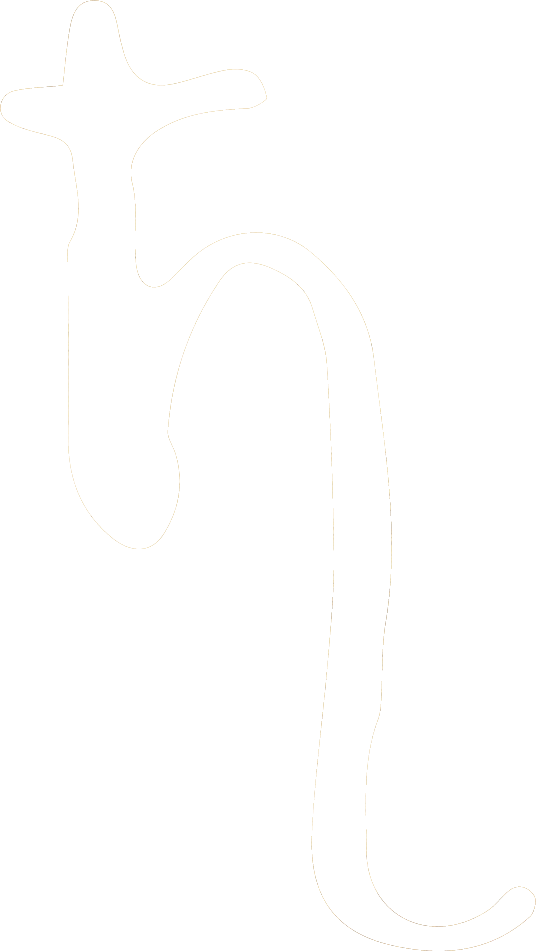

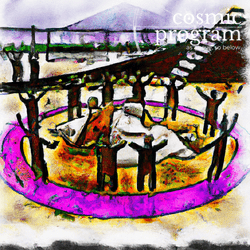


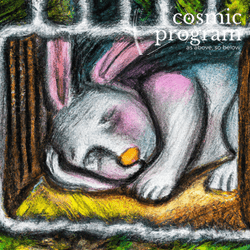




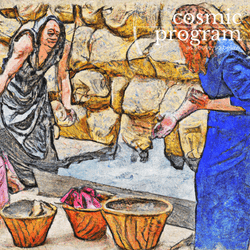


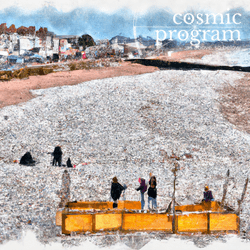


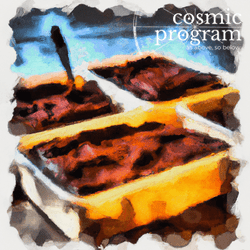




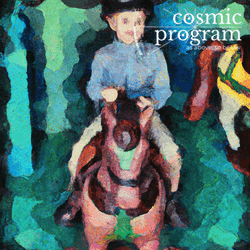


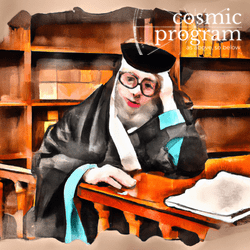

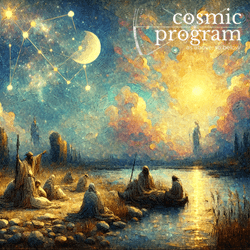
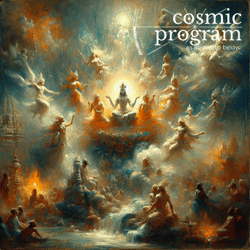
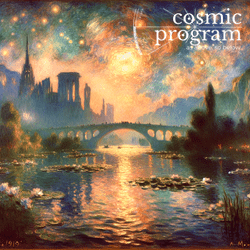
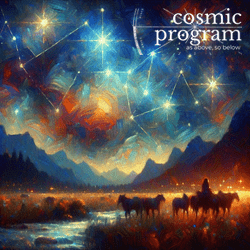
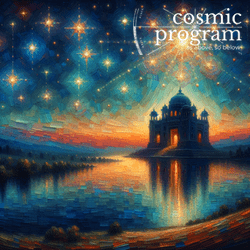

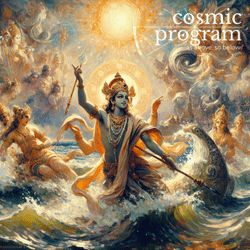
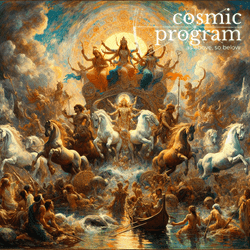
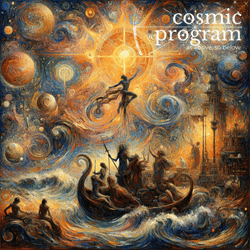
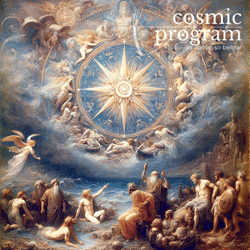

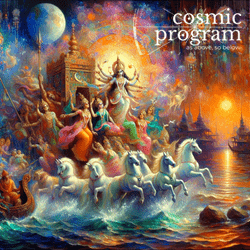
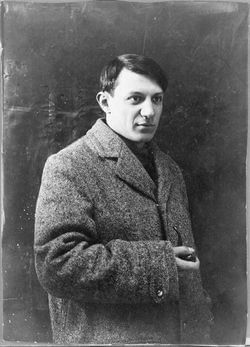
.jpg?bossToken=68994bce444acf24f8e5e0cc5abe2c9d8533070a98367625bae3c8714f5b24a2)
